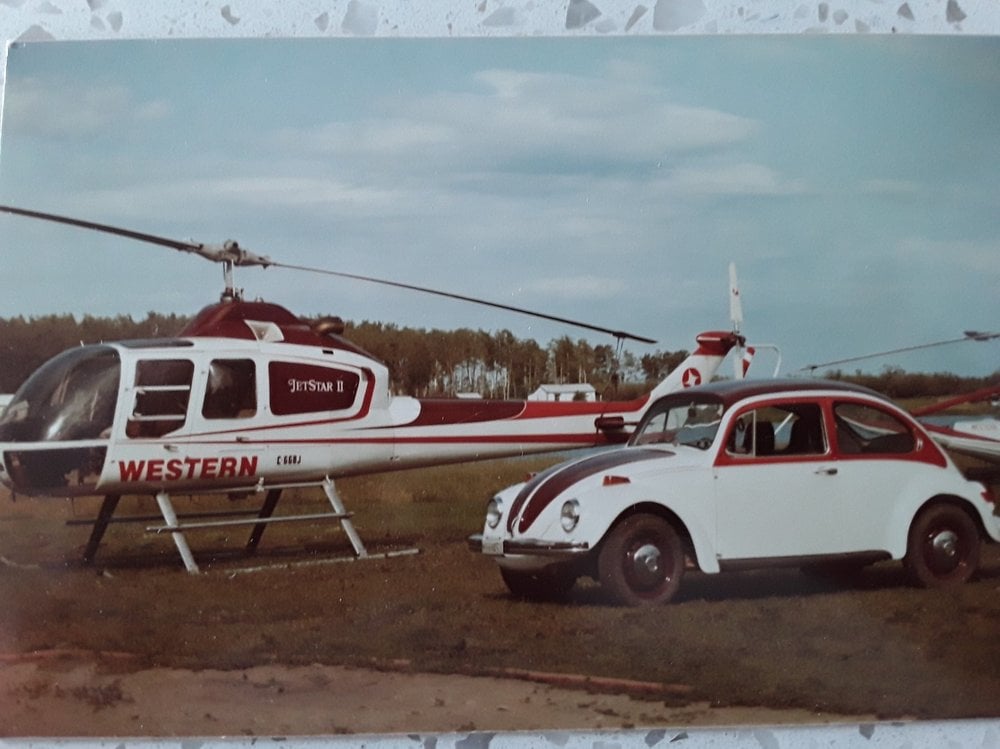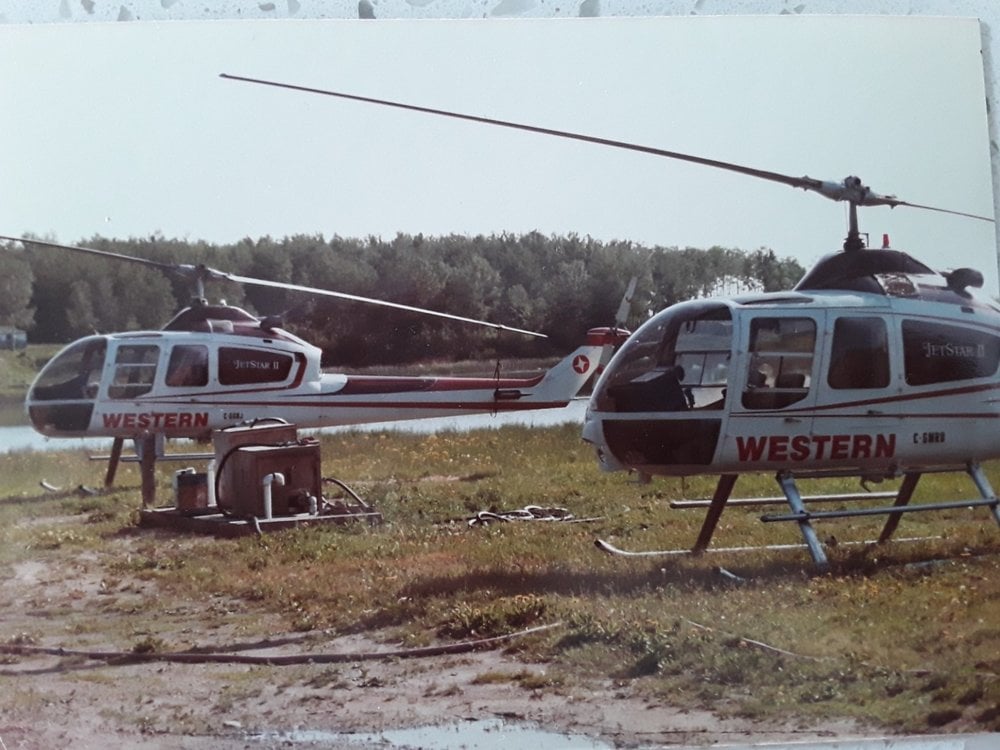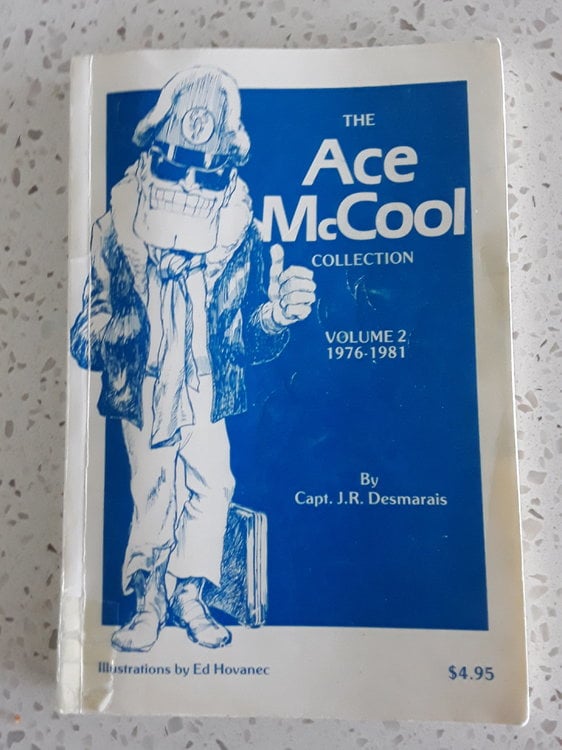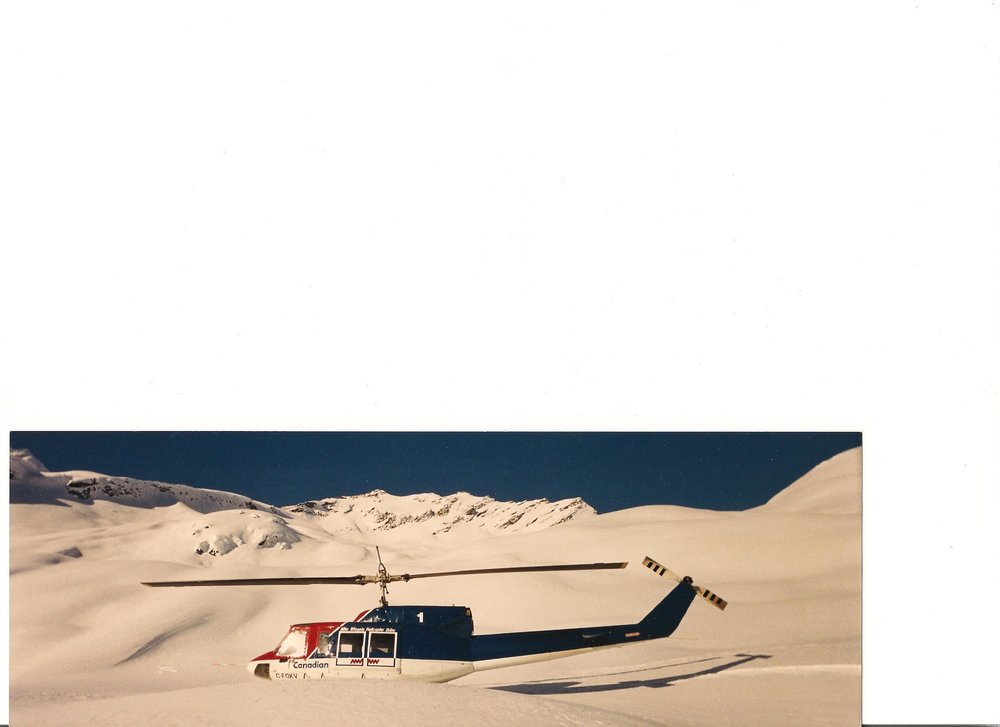-
Posts
454 -
Joined
-
Days Won
21
gwk last won the day on June 11 2023
gwk had the most liked content!
Contact Methods
-
Website URL
http://
-
ICQ
0
Profile Information
-
Location
TBA
Recent Profile Visitors
10,386 profile views
gwk's Achievements
-
Been a bit of a reoccurring problem here in the lower mainland. Abbotsford trucking company suspended after oversized load narrowly misses striking Burnaby overpass | CBC News
-
Unfortunately not good news, RIP. 1 person confirmed dead after helicopter crashes east of Revelstoke, B.C. | CBC News
-
Fatal B.C. helicopter crash linked to engine defect, Transportation Safety Board says | CBC News
-
Taken from another Heli Forum, hopefully this can be used during recurrent training as a teaching moment in the future. Glad all were safe, and returned home hopefully a little wiser. Fly safe. In the days leading up to the day of the occurrence, the pilot of C-FKMX, an Aerospatiale AS350B3 had been conducting long line forest fire fighting operations in support of Wildfire 017 located approximately 6 nm NW of Valleyview, Alberta (CEL5) in co-ordination with C-FCCK, a Bell Helicopters model 412 operated by Summit Helicopters Ltd. On the day of the occurrence, at approximately 1234 MDT, C-FKMX had been dispatched to conduct long line bucketing operationsin continued support of Wildfire 017 on the east side of Sturgeon Lake, Alberta (Sandy Bay). C-FCCK, had also been dispatched to conduct bucketing operations in support of Wildfire 017 approximately 3.5 nm SE of C-FKMX's location. In addition, C-FALI, a Bell Helicopters model 212 operated by Alpine Helicopters, was called in to assist C-FCCK in working the eastern flank of the fire line. After approximately 8-9 buckets drops in the Sandy Bay area, C-FKMX was repurposed to join C-FCCK, and C-FALI in firefighting operations on the eastern edge of the fire. Enroute to the new location, C-FKMX refilled the bucket and proceeded southeast to engage in operations. As C-FKMX approached the new area of operations; the flight crew of the three helicopters engaged in firefighting operations were all communicating on the same frequency. As C-FKMX approached the drop area from the northwest, visual contact was made with C-FALI, while communicating on the radio and broadcasting current position and intentions and trying to visually acquire the location of C-FCCK. C-FCCK responded to the radio call, but portions of the radio calls between the two pilots were not clearly understood. The pilot of C-FKMX believed that C-FCCK was clear of the immediate area, and the pilot of C-FCCK was not aware that C-FKMX was immediately joining the firefighting efforts at their location. The pilots of both C-FKMX and C-FCCK both unknowingly observed the same hotspot in the area and had elected to drop their water on it at almost the same time. Due to the pilots' seating position in each helicopter (right seat in C-FKMX, and left seat in C-FCCK) and the relative relationship of the two helicopters to each other in flight, the pilots of both helicopters did not visually acquire the other. In the process of lining up to deploy the water on thelocation, C-FCCK which was slightly below C-FKMX, made contact with, and severed the long line of C-FKMX approximately 28 feet below the helicopter's fuselage. The majority of the longline and bucket assembly impacted terrain in a non-populated area and both helicopters continued to fly. Departing the immediate area, the pilot of C-FKMX initiated a crab to keep the remaining portion of the severed long line from entangling the tail rotor and found a clearing to land in to complete a preliminary inspection of the helicopter. No damage was found, and the remaining portion of the long line was removed and placed in the cabin. C-FKMX repositioned to CEL5 to refuel and then return to the Valleyview firebase. The pilot of C-FCCK was unaware that his main rotor system had severed the longline of C-FKMX believing that C-FKMX had severed its own longline. C-FCCK continued to work the fire until notified by Alberta Forestry that the helicopter had been involved in an occurrence, at which time the helicopter returned to the Valleyview firebase for an inspection by company maintenance. No damage was found, and the helicopter was returned to service. A subsequent investigation by Alberta Forestry resulted in an amendment to the circuit joining procedures for aircraft joining a previously established firefighting circuit, and clarification of procedures for aircraft moving work areas.
-
Taken from their website today, might answer a few more questions. Pilot - First Officer and Captain - STARS - Career Page (applytojob.com)
-
I can not imagine what these poor guys were thinking as they rode this 212 down. Really glad they survived, and hope they are alright. Severe turbulence caused B.C. helicopter crash that seriously injured 2, investigation finds | CBC News
-

I scared the cr#p out of myself when
gwk replied to Pool pilot's topic in General Helicopter Operations
-

I scared the cr#p out of myself when
gwk replied to Pool pilot's topic in General Helicopter Operations
I just checked Ebay.ca, I guess inflation has hit everything! ace mccool book by capt. j r demerais: Search Result | eBay -

I scared the cr#p out of myself when
gwk replied to Pool pilot's topic in General Helicopter Operations
I think you might be referring to this guy. If I remember right, there was always a short story included about his escapades, and then when they ran out of stories, they produced this book. This copy has lived with me for probably 40 years now! -

I scared the cr#p out of myself when
gwk replied to Pool pilot's topic in General Helicopter Operations
OK, I'll Bite. In 1984 I was working my 4th year in the industry, and was with a small operator out of Buffalo Narrows, called Western Helicopters. The company and owner are no longer with us, so I don't mind naming names in this case. It was my second season with them, flying a FH1100, for those of you who don't know, the FH1100 was the third aircraft submitted to the US military for the LOH ( light observation heli. ) contract, won by the Hughes 500. Sask. was burning, and we were flying very long days, up at 6:00, lifting off at 6:30, flying down to Isle La Cross, to pick up the Fire Boss, out to the fire, and then dropping off crews in the morning. All day I was flying gear, lunches, gas, you all know the drill, then late afternoon picking up crews and dropping them in their camps, and finally after everyone is back, pick up the fire boss, fly around the fire, back to Isle la Cross, and home to Buffalo Narrows, landing at dusk. I just checked my log book, and we started flying these fires June 09, and flew every day, sometimes up to 13 hours, until Sept 01, non stop, no days off. Who ever wishes for the old days might want to watch what they wish for. Any way, back to the story, it was mid Aug., dead tired, and I was picking crews up from the fire and bringing them back to their camp on a small island. They had cleared a small pad, cutting down small trees about 3-4 inches from the ground, and dragged them away. I had landed with a group, and was trying to hustle up, as there was still lot's to do, but I stopped myself, and waited for the guys to grab their gear, and clear the arc of the blades before I pulled collective. I vividly remember checking myself mentally, and saying to myself, wait for them, we are not in that much of a hurry, and boy am I glad I did. I pulled collective, and over she went, I managed to slam the collective down in time to save a roll over, but the main blade caromed off a knocked down tree that was about 18 inches off the ground, and bent the blade tip in an upswept look, and who knows what else damage .I am positive to this day, had I not waited, I would have killed at least one firefighter, maybe more had I not waited for them to clear the arc of the blades. What had happened, is when I landed, a small tree stump, about the size of my thumb, slipped in one of the holes in the aluminum bearpaw, and when I pulled collective, the machine must of slipped sideways a bit and trapped the small stump in the hole, pinning that bearpaw to the ground, and dynamic rollover almost flipped me over. The moral, quite obvious, take your time, have a good look around, and only when it's safe, pull pitch. -

First time I have seen it and it is a VERY nice gesture...
gwk replied to 412driver's topic in General Helicopter Operations
Yes, very nice, sometimes it's the little acts of kindness that end up meaning the most. I hope it keeps you smiling for a good long time, and kudos to the company. -
The camaraderie of fellow aircrew. The sound of a Bell Medium on a cold winter day Heli-skiing. The gentle kiss of the landing gear on a steel deck when the A/C settles without any collective input. Taking off, fully loaded, on a 40'+ day and finessing everything just right, so as to not drag the skids once. Night Rig Landings. The smell and looks of a well used cockpit. The awe and wide eyed amazement of a first time passenger. Many others too long to list.
-

What would you NOT miss if you left Aviation
gwk replied to Pool pilot's topic in General Helicopter Operations
Alberta Forest Service, or whatever they are calling themselves this week. Day basing. Averaged Mins. Non Precision Approaches. Dunker training. Non Revenue repositioning flights. Paper maps. My old Gentex SPH-5 helmet. Black flies chewing me under the ear cups of my SPH-5 helmet. Anything that contains Deet. Warm Kool Aid, because the overhead crew took all the cold soft drinks. Trying to get some sleep at 3:00 am when the sun is still shining, heating up the tent like a sauna. Still too much to list! -
-
Yeah, I vaguely remember something like that. I was on RGA, a 204 all summer in 89 floating up and down the McKenzie on NWT fires, and in 90 I was on 204 VEX, in Inuvik, doing the North Warning System decommissioning,, 212 AHD, in Ab. on fires, and then again on VEX I did the great Canadian Race from Inuvik to Geraldton for fires all of Aug. It was from May to end of July 1991, we were on the powerline, an interesting note, I logged 4 days where I flew more than 11 hours in a single day. Then I ended the summer on a 212 HVH, once again doing the Great Can. Race from Ft. Smith to Dryden for all of Aug. We got half way home to Saskatoon, was told to turn around and head to Toronto, where we spent the next few weeks on standby to fly mail, during the mail carriers postal strike. Crazy times, I was current on 4 aircraft types, and expected to fly anyone of them at the drop of a hat, on pretty much any job, anywhere, for as long as it took. No wonder planks looked so good!









